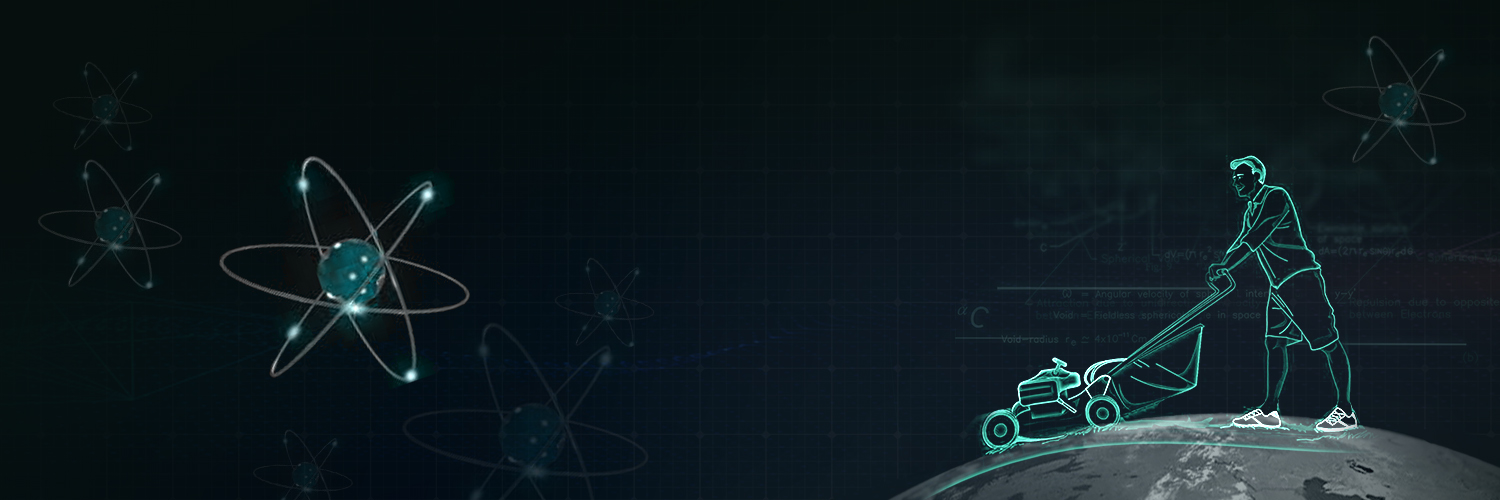
A continuous conducting path consisting of wires and other resistances (like electric bulb, etc.) and a switch, between the two terminals of a cell or a battery along which an electric current flows, is called a circuit.
It is a continuous and closed loop or path of electric current. The path consists of conductors or wires and battery or source. The direction of electric current is taken as opposite to the direction of the flow of electrons, which are negative charges.
Electricity could be lethal if not handled carefully and can cause deaths. Faulty wires or electric circuits can cause fire that should not be extinguished by water. Such fires require special extinguishers. So, electric live wires, sockets, electric poles, transformers and some electrical equipments need proper insulation. Although the voltage of a small bettry is of the order of volts, a transformer may be upto 11000 V and such equipments are often marked with danger signs and are kept out of reach of children.
The two terminals of an electric battery should not be connected together without a load or bulb, because the chemicals inside the battery react very quickly and can generate an immense amount of energy. This can even cause the battery to burst.
A continuous conducting path consisting of wires or copper conductors and other resistances (like electric bulb, etc.) and a switch, between the two terminals of a cell or a battery is called a circuit. The battery or cell is the power source. One end of the conductor is connected to one terminal of the power source and the other end to the other terminal of the power source through the load. The switch can be used to open or close a circuit.
